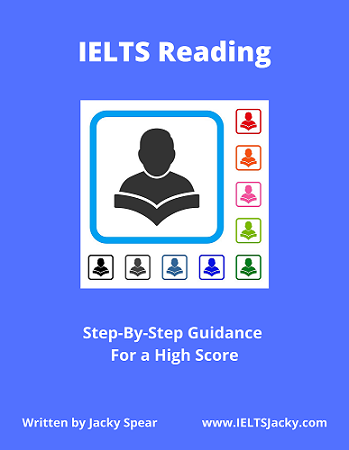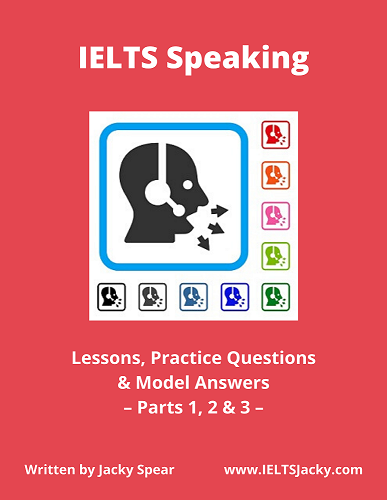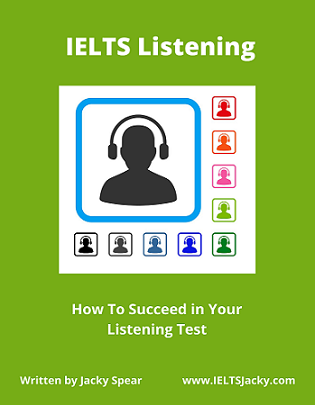IELTS Sample Letters
How To Write a Request Letter
The IELTS
sample letters in this lesson are both request letters, one of the 7 most
common letter types in the General Writing exam.
In the lesson, I'm going to show you step-by-step how to plan and write a letter of request. Here’s what it includes:
- Question structure
- Letter structure
- Formal or informal?
- Greeting & signoff
- Generating ideas
- Sample
letters
Question structure
All questions for IELTS letters have the same structure. They are made up of 3 parts.
Part 1 – The topic.
Part 2 – The person you must write to.
Part 3 – What you should write about (listed as 3 bullet points).
Here is a sample question for a request letter with the 3 parts illustrated.
IELTS sample letter question 1
|
Understanding this will help you to quickly analyse the question and plan your answer. To help you plan, use the letter structure below.
For a full lesson on planning, including more IELTS sample letters, click here: How To Plan IELTS Letters
Letter structure
The layout of your letter should follow the structure of the question and consist of four paragraphs with a greeting at the beginning and a signoff at the end.
Use this easy to remember 6 part structure.
1) Dear .....
2) Paragraph 1: Purpose – why you are writing
3) Paragraph 2: Write about 1st bullet point
4) Paragraph 3: Write about 2nd bullet point
5) Paragraph 4: Write about 3rd bullet point
6) Signoff
All you need to do to create your plan is to add in the details from the question, like this:
1) Dear ..... (teacher)
2) Paragraph 1: Purpose – to ask about language lessons
3) Paragraph 2: say how you came to know about him/her (bullet point 1)
4) Paragraph 3: explain why you want to learn (bullet point 2)
5) Paragraph 4: ask what help they can offer (bullet point 3)
6) Signoff
Formal & Informal Letters
Your letter must be written in the appropriate tone and style. There are two options:
- Formal – to someone you don’t know or don’t know well.
- Informal – to a friend.
It is essential that you are able to identify what type of question you’re required to write. Follow this general rule:
- If the question includes the word ‘friend’, use informal language.
- If the question does not include the word ‘friend’, use formal language.
To learn more about formal and informal letters and see two IELTS sample letters, click here;
We do not know the teacher in our question so, we will write a formal letter. This leads us on to the opening of the letter – the greeting.
The Greeting & Signoff
The Greeting
There are two ways you can begin a formal letter.
- Use Dear Sir or Madam if you don’t know the name of the person you are writing to.
- Use Dear + surname if you do know their name, e.g. Dear Mr Smith or Dear Mrs Jones.
We will assume
that we know the name of the teacher and make up a name for them – Miss Garcia.
If you were writing an informal request letter to a friend, you would use their first name, e.g. Dear Ben.
The greeting you use will determine how you sign off your letter.
The Signoff
For a formal letter, there are two main options. The correct one will depend on who you are addressing:
- Dear Mr Smith (name known) – Yours sincerely
- Dear Sir/Madam (name unknown) – Yours faithfully
You could also use ‘Kind regards’. This is formal but friendly and is appropriate for most situations. It is particularly useful if you struggle to remember how to spell ‘sincerely’ and ‘faithfully’.
Always sign off a formal letter with your full name, e.g. Jacky Spear
For an informal letter to a friend, use one of these phrases followed by your first name:
- All the best
- See you soon
- Keep in touch
For example,
All the best,
Jacky
For our sample letter, we will use this greeting and signoff:
Dear Miss Garcia...
....Kind regards,
Jacky Spear
We are now ready to think up some ideas to write about. We have the guidelines of the 3 bullet points to help us so this won’t be difficult.
How To Generate Ideas for a Request Letter
You only have to write 150 words, so you won’t need many ideas but do make sure that you write about each bullet point and develop each idea fully.
They don't have to be the best ideas you can possibly think of. Go with your first thoughts and don’t waste time trying to think of better ideas. However, they must relate directly to the bullet points.
Note them beside each bullet point on the exam paper, like this:
You want to learn a language. There is a teacher near to where you live.
Write a letter to the teacher. In the letter:
- say how you came to know about him/her
Saw article & advert in local paper
- explain why you want to learn
Volunteering in an orphanage in Peru – conversation
- ask what help they can offer
Time, frequency & price
That’s our planning complete. Once you’ve had some practice, you’ll be able to do this in just a few minutes. Taking time to plan makes writing IELTS letters far quicker and easier than if you don’t do this step. You will also write a better letter and get higher marks.
We're now ready to start writing our letter.
Writing the Letter
Here’s our plan again with all our notes added in.
1) Dear ..... (teacher)
2) Paragraph 1: Purpose – to ask about language lessons
3) Paragraph 2: say how you came to know about him/her (bullet point 1)
Saw article & advert in local paper
4) Paragraph 3: explain why you want to learn (bullet point 2)
Volunteering in an orphanage in Peru – conversation
5) Paragraph 4: ask what help they can offer (bullet point 3)
Time, frequency & price
6) Signoff
We’ve already decided on the greeting so we’ll start with paragraph 1.
Paragraph 1
In the first paragraph, you must state the reason for writing the letter, that is, its purpose.
Paragraph 1: Purpose – to ask about language lessons
Many students make the mistake of missing this purpose sentence out but it's very important. Including it will gain you marks.
It only requires one sentence. For example,
I am writing to enquire about taking Spanish lessons with you.
Top vocabulary tip: Do not use contractions in formal letters. They are informal language. So, do not write ‘I’m writing to enquire…
Paragraph 2
In the second paragraph, you write about bullet point 1. Remember to
keep the language formal for this question. Aim for around 50 words for each of
paragraphs 2, 3 and 4.
Paragraph 2: say how you came to know about him/her (bullet point 1)
Saw article & advert in local paper
You could write something like this.
I read the article about you and saw your advert in this week’s local paper and I believe that you are just the person I am looking for. I am particularly keen to learn from a native speaker like yourself so I do hope that you have space in your timetable to fit me in for some lessons.
Paragraph 3
The third paragraph should cover the second bullet point.
Paragraph 3: explain why you want to learn (bullet point 2)
Volunteering in an orphanage in Peru – conversation
My reason for wanting to learn your language is because I
will be travelling to Peru for six months next year to volunteer in an
orphanage. I really want to be able to talk to the children and understand them
so Spanish conversation is my priority.
Paragraph 4
Paragraph 4 addresses the third bullet point.
Paragraph 4: ask what help they can offer (bullet point 3)
Time, frequency & price
I would be grateful if you
could let me know what availability you have for lessons. Twice a week would be
ideal if that is possible. I work in the evenings so daytime would be fine.
Please, could you also tell me what you charge for tuition and how long each
lesson would last?
Now we just need to add the signoff we decided on earlier and our letter is complete.
IELTS Sample Letter
Here is the finished letter.
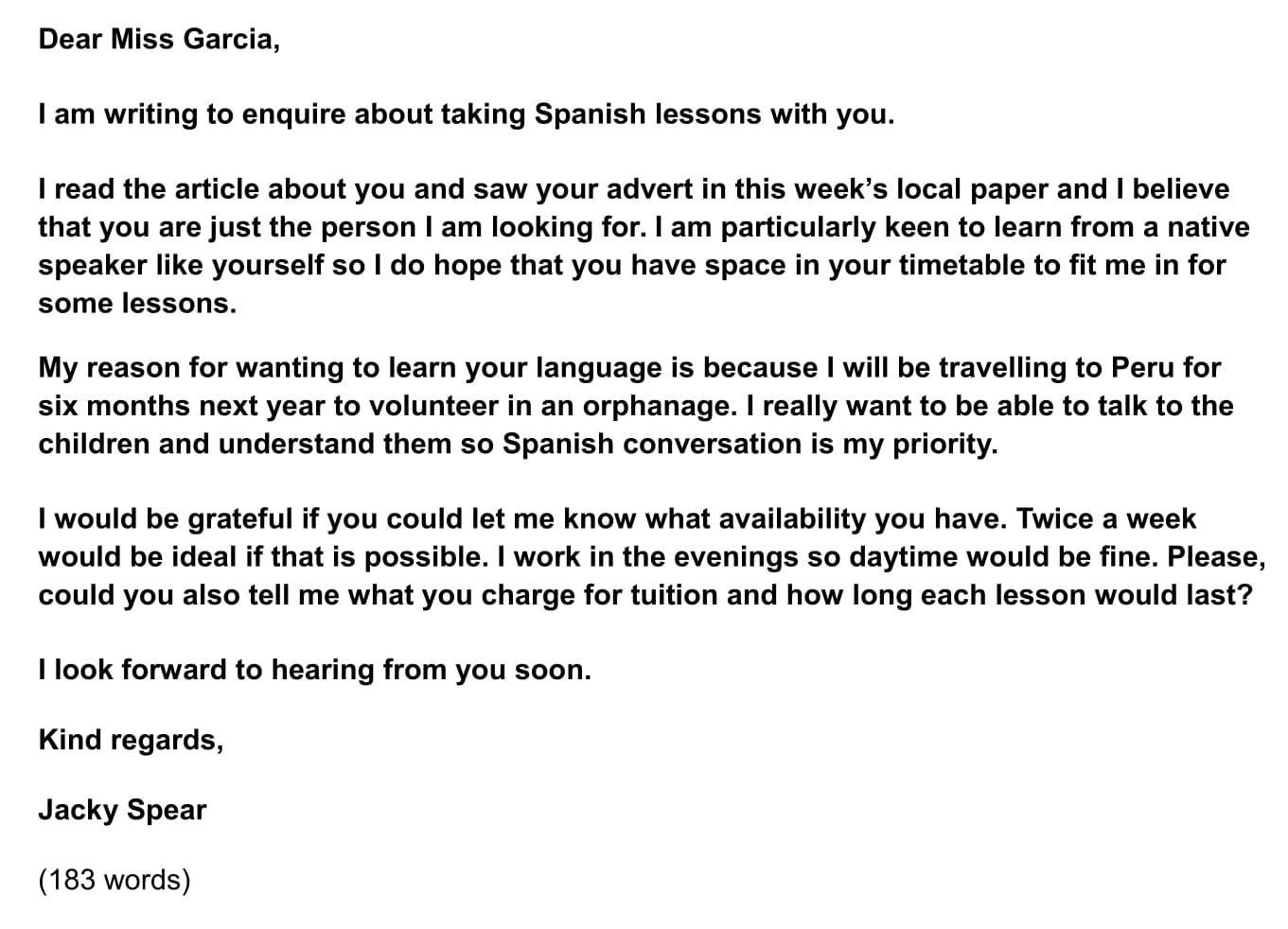
Practice Question
To get some practice writing a request letter, write a letter for the question below.
IELTS sample letter question 2
You are going to visit the town
where your friend went to university.
Write a letter to your friend. In your letter:
- explain why you will be visiting the town
- give details of where you will be staying
- ask your friend to recommend some
evening entertainment.
This
letter is to a friend so must be written in an informal tone and style. Use the
planning structure I showed you above to plan before you start writing.
Here’s the IELTS sample letter. Can you spot the language and grammar structures I’ve used to give it an informal tone, such as contractions?
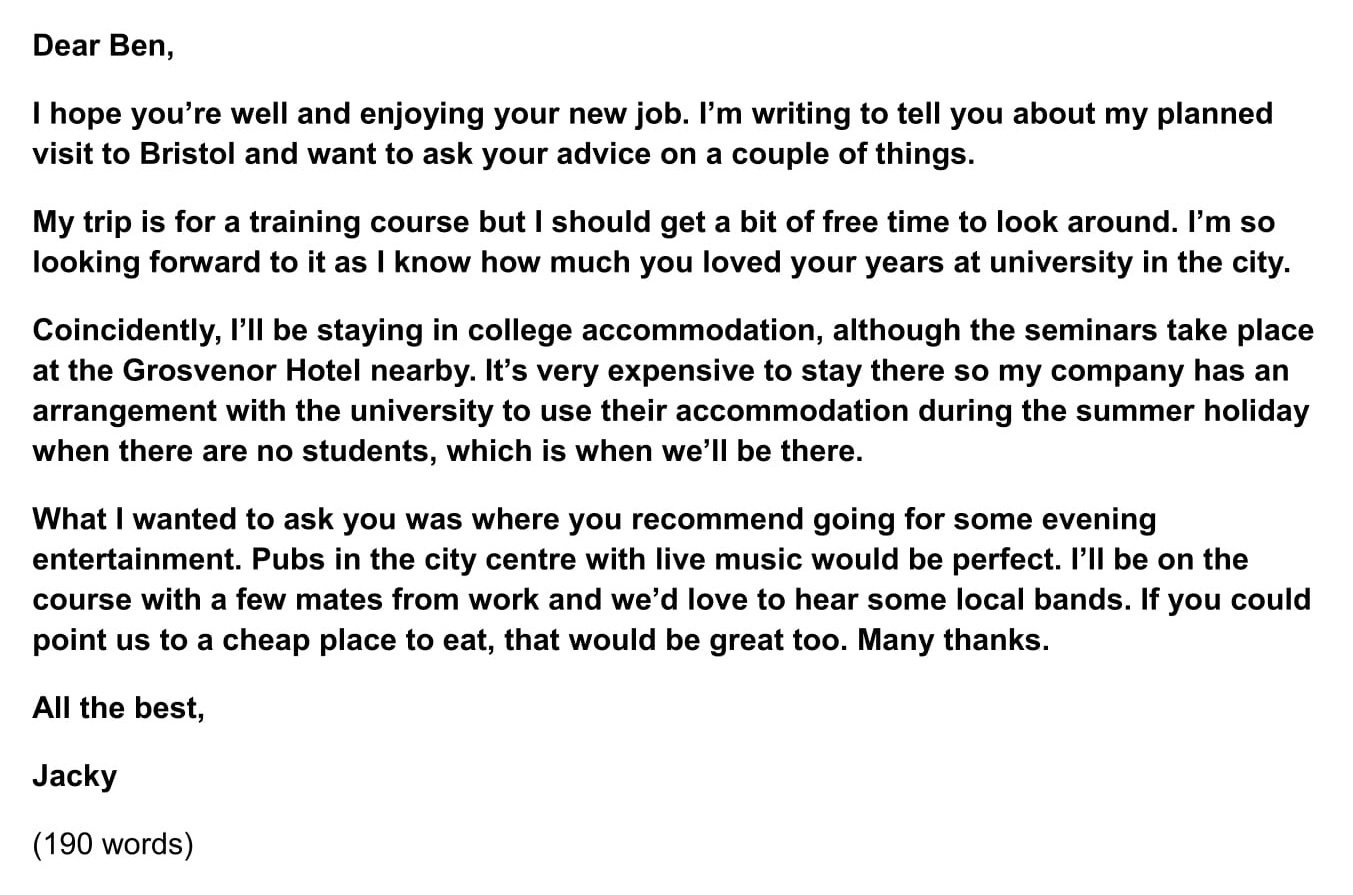
You'll find more IELTS sample letters in the lesson below.
|
Want to watch and listen to this lesson? Click on this video. |
Like this page?
Common Letter Topics
IELTS General Writing Task 1 – All Lessons
Includes many IELTS sample letters.
IELTS General Writing – A summary of the test including important facts, test format & assessment.
Letter
Format – The format, the 7 topics, letter
structure, formal & informal, assessment & marking criteria, sample
questions. Essential information you need to know.
Letter Writing Tips – Learn top tips on how to meet the assessment and marking criteria and achieve a high score.
Letter Writing Structure – Find out how to use this easy to learn letter structure to write a high-scoring letter. Includes a model answer.
How To Plan a Letter – Learn a simple 5 step process & 6 part letter structure. Also, help to understand the question & generate ideas.
Formal or Informal – How to decide what type of
letter to write. Sample questions & 2 model letters.
Letter Writing Vocabulary – Learn useful phrases to help you achieve a high score. Also, know how to start & end your letter.
How To Write an Informal Letter – Step-by-step instructions, simple 4 step plan & 6 part letter structure, model letter.
How To Write a Formal Letter – Step-by-step instructions, simple 4 step plan & 6 part letter structure, model letter.
Letter Topics – Learn the 7 most common letter topics & other popular subjects. Includes 20 sample questions.




